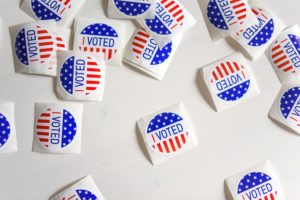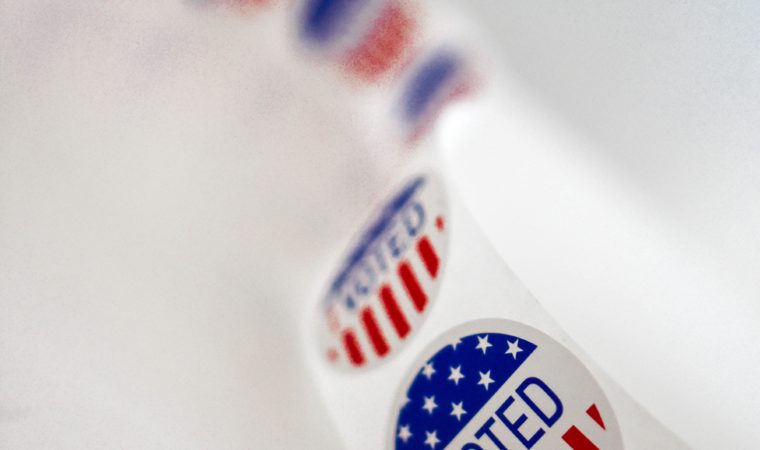Voting and Disabilities
Written by Riley Connor:
With COVID-19 emphasizing the need to improve the mail-in and electronic ballot system, this issue isn’t new for those with a disability. Voting represents one of our country’s most valuable rights, however, millions of U.S. citizens are left out of the process each year. Although voting centers are required by law to be fully accessible for the disabled, GAO found that 60% of polling places had one or more potential impediments for the disabled during the 2016 general election.

Why is voting so important?
Voting for local and national representatives that align with your beliefs and needs is incredibly important. Elected officials make huge decisions that affect our daily lives, and having someone who can make these decisions with your interests in mind is critical. Elected officials can make and create laws that advocate for those with disabilities, and there are still plenty of laws and reforms to be passed. The ADA isn’t perfect and in order to make lasting changes that protect the rights of those with disabilities, we need to elect representatives that will advocate for these changes.
As a disabled voter, what can I do?
First thing first, click here to check your voter registration, as some states still don’t provide automatic voter registration. If you do not have the capacity to register on your own, the National Voter Registration Act of 1993 requires all offices providing public assistance or state-funded programs that primarily serve persons with disabilities to provide the opportunity to register to vote by providing voter registration forms, assisting voters in completing the forms, and sending completed forms to the appropriate election official.
When registering to vote, you can opt-in for an early mail-in ballot which erases the potential impediments polling places might have for voters with a physical disability. However, independently voting with a visual impairment still proves to be an issue as braille mail-in ballots are not an option everywhere, thus needing secondary assistance to fill out the ballot.
How can I be prepared?
 In regard to preparing for who is actually going to be on your ballot, Vote 411 is a great resource to get a general idea of what elections are happening in your specific area of residence and Ballotpedia has some good background information on candidates.
In regard to preparing for who is actually going to be on your ballot, Vote 411 is a great resource to get a general idea of what elections are happening in your specific area of residence and Ballotpedia has some good background information on candidates.
You can also get in contact with your National Disability Rights Network state agency to learn more about your specific state’s regulations for voting with a disability and how you can be prepared before the 2020 primary and general election. Their website can be found here: https://www.ndrn.org/about/ndrn-member-agencies/.


 In regard to preparing for who is actually going to be on your ballot,
In regard to preparing for who is actually going to be on your ballot,